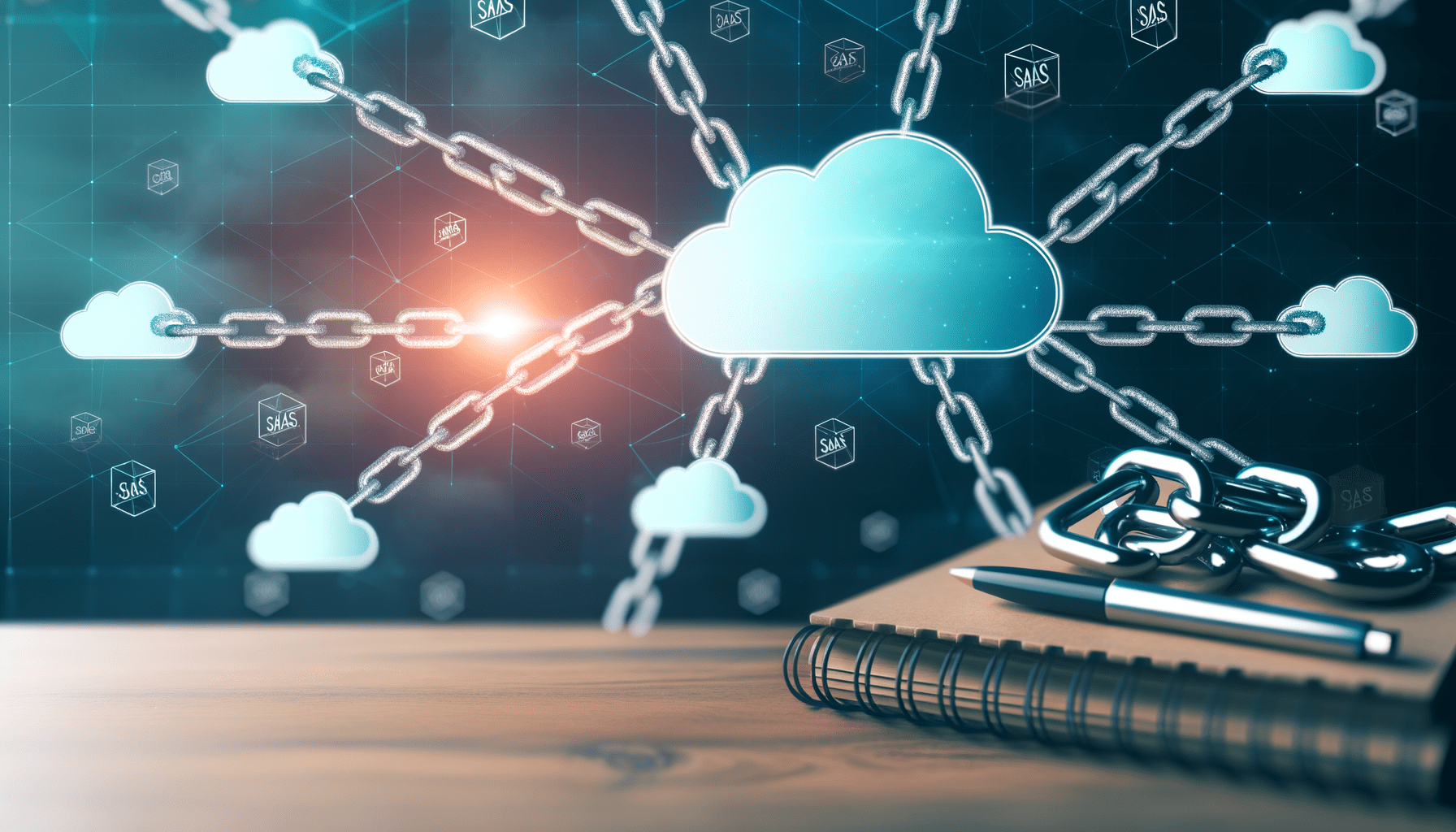Welcome to the world of Blockchain as a Service (BaaS), a revolutionary concept that is transforming industries by providing blockchain solutions without the need for extensive infrastructure or expertise. In this comprehensive guide, we will delve deep into what BaaS is, how it works, its benefits, and its applications across various sectors. Whether you’re a business leader looking to leverage blockchain technology or an enthusiast eager to understand its potential, this primer will equip you with the knowledge you need.
Table of Contents
- Introduction to BaaS
- How BaaS Works
- Benefits of BaaS
- Applications of BaaS
- Key Players in the BaaS Market
- Challenges and Considerations
- Future of BaaS
- Conclusion
Introduction to BaaS
Blockchain as a Service (BaaS) is akin to Software as a Service (SaaS), where third-party providers offer cloud-based solutions for building, hosting, and managing blockchain applications. This model allows businesses to leverage blockchain technology without investing in expensive infrastructure or hiring specialized personnel.
### What is Blockchain?
Blockchain is a decentralized ledger technology that records transactions across multiple computers so that the record cannot be altered retroactively. It ensures transparency, security, and immutability.
### Why Blockchain as a Service?
BaaS simplifies the adoption of blockchain technology by offering:
– **Ease of Use**: No need for extensive technical knowledge.
– **Cost Efficiency**: Reduces upfront costs associated with setting up blockchain infrastructure.
– **Scalability**: Easily scalable according to business needs.
For more detailed information on blockchain technology itself, you can visit [IBM’s Blockchain page](https://www.ibm.com/blockchain).
How BaaS Works
Understanding how BaaS operates can demystify its complexities and showcase its practical applications.
### The Architecture
BaaS platforms typically consist of:
1. **Infrastructure Layer**: Cloud-based servers and storage.
2. **Blockchain Protocols**: Ethereum, Hyperledger Fabric, etc.
3. **Middleware**: APIs and SDKs for application development.
4. **Management Tools**: Dashboards for monitoring and analytics.
### Deployment Process
1. **Setup**: Choose your preferred blockchain protocol.
2. **Development**: Use provided tools to build your application.
3. **Deployment**: Deploy your application on the cloud.
4. **Management**: Monitor performance through dashboards.
For an in-depth look at how these components interact, check out [Microsoft Azure’s Blockchain Services](https://azure.microsoft.com/en-us/solutions/blockchain/).
Interactive Table Example:
Below is an interactive table comparing different BaaS providers:
| Provider | Supported Protocols | Pricing Model | Main Features | Website Link |
|---|---|---|---|---|
| AWS Managed Blockchain | Ethereum, Hyperledger Fabric | Pay-as-you-go | Scalable infrastructure, easy setup. | Visit AWS Blockchain Page |
| Microsoft Azure Blockchain Services | Corda Enterprise , Quorum , Hyperledger Fabric | Subscription-based td > | Integrated with other Azure services , enterprise-grade security . td > | < a href = ” https : //azure.microsoft.com/en-us/solutions/blockchain/” > Visit Microsoft Azure Page a > td > < / tr > |
| Google Cloud Platform (GCP) td > | Ethereum , Hyperledger Fabric , Corda . td > | Pay-as-you-go . td > | High-performance computing , AI integration . td > < td >< a href = ” https : //cloud.google.com/blockchain” > Visit GCP Page a > td > < / tr > | |
| Omniaseo Blockchain Solutions | Ethe reum Hyp erl edge rF abr icC ord aa Sub scri pti ona lba sed Cus tom iza ble sol uti ons ent erp rise gra des ecu rit y Vis itO mnia seo Pag e | |||
| Omnia seo Block chain Solu tions Eth ere um Hyp erl edge Fab ric Cor da Sub scri pti ona lba sed Cus tom iza ble sol uti ons ent erp rise gra des ecu rit y Vis itO mnia seo Pag e | ||||



Leave a Reply